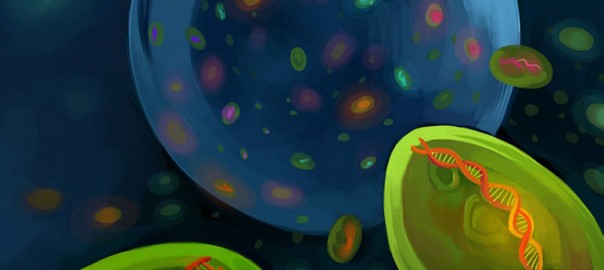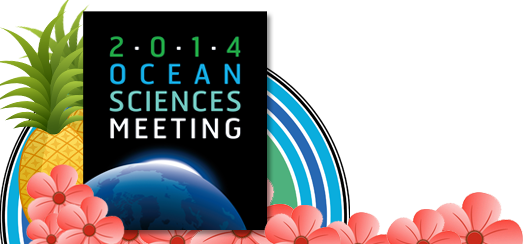Publication
Vallina, S.M., M.J. Follows, S. Dutkiewicz, J. Montoya, P. Cermeno, and M. Loreau (2014),
Global relationship between phytoplankton diversity and productivity in the ocean, Nature Communications, 5, 4299, doi: 10.1038/ncomms5299
Vallina, S.M., M.J. Follows, S. Dutkiewicz, J. Montoya, P. Cermeno, and M. Loreau (2014),
Global relationship between phytoplankton diversity and productivity in the ocean, Nature Communications, 5, 4299, doi: 10.1038/ncomms5299
Prowe, A.E.F., M. Pahlow, S. Dutkiewicz, and A. Oschlies (2014), How important is diversity to capture environmental change responses in ecosystem models? Biogeosciences, 11, 3397–3407, 2014, doi: 10.5194/bg-11-3397-2014
Barton, A.D., B.A. Ward, R.G. Williams, and M.J. Follows (2014), The impact of fine-scale turbulence on phytoplankton community structure. Limnology and Oceanography: Fluids and Environments, 4, 34-49, doi: 10.1215/21573689-2651533

The smallest, most abundant marine microbe, Prochlorococcus, is a photosynthetic bacteria species essential to the marine ecosystem. An estimated billion billion billion of the single-cell creatures live in the oceans, forming the base of the marine food chain and occupying a range of ecological niches based on temperature, light and chemical preferences, and interactions with other species. But the full extent and characteristics of diversity within this single species remains a puzzle. Continue reading Ocean microbes display remarkable genetic diversity
Kashtan, N., S.E Roggensack, S. Rodrigue, J.W. Thompson, S.J. Biller, A. Coe, H. Ding, P. Marttinen, R. Stocker, M.J. Follows, R. Stepanauskas and S.W. Chisholm (2014) Single cell genomics reveals hundreds of coexisting subpopulations in wild Prochlorococcus, Science, 344(6182), 416-420, doi: 10.1126/science.1248575
Clayton, S., T. Nagai and M.J. Follows (2014), Fine scale phytoplankton community structure across the Kuroshio Front. J. Plankton Res., 1-14, doi: 10.1093/plankt/fbu020

Leaving the cold of a New England February behind, the Darwin team will be in full attendance at this year’s Ocean Sciences conference taking place February 23-28 in Honolulu, Hawaii.
Clayton, S., S. Dutkiewicz , O. Jahn, and M.J. Follows (2013), Ocean eddies and dispersal maintain phytoplankton diversity, Limnology and Oceanography, Fluids and Environments, Volume 3: 182–197, doi: 10.1215/21573689-2373515
Vallina, S. M. , B. A. Ward, S. Dutkiewicz, and M. J. Follows (2013), Maximal feeding with active prey-switching: a kill-the-winner functional response and its effect on global diversity and biogeography, Progress in Oceanography, 120, 93–109, doi: 10.1016/j.pocean.2013.08.001
Goebel, N.L., C.A. Edwards, J.P. Zehr, M.J. Follows and S.G. Morgan (2013), Modeled phytoplankton diversity and productivity in the California Current System, Ecological Modelling, vol. 264, pp. 37, doi: 10.1016/j.ecolmodel.2012.11.008